新人教版高中英语必修3Unit 1 Festivals and Celebrations教学设计一
-
- 页数:7页
- 字数:约 9927 字
- 大小:565.96KB
- 格式:.docx
- 版本:Office2016及以上版本
- 作者:yuuta设计
Unit 1 Festivalsand Celebrations教学设计
Period 1 Listening andspeaking
本板块的活动主题是“谈论节日活动”(Talk aboutfestival activities),主要是从贴近学生日常生活的角度来切入“节日”主题。学生会听到发生在三个国家不同节日场景下的简短对话,对话中的人们正在参与或将要亲历不同的庆祝活动。随着全球化的进程加速,国际交流日益频繁,无论是国人走出国门还是外国友人访问中国,都已成为司空见惯的事情。因此,该板块所选取的三个典型节日场景都是属于跨文化交际语境,不仅每组对话中的人物来自不同的文化背景,对话者的身份和关系也不尽相同。

1. Master the new words related to holiday: thelantern, Carnival, costume, dress(sb)up, march, congratulation, congratulate, riddle, ceremony, samba, make - up, after all.
2. To understand the origin of major worldfestivals and the activities held to celebrate them and the significance ofthese activities;
3. Improve listening comprehension and oralexpression of the topic by listening and talking about traditional festivalsaround the world;
4. Improve my understanding of the topic bywatching pictures and videos about different traditional festivals around theworld;
5. Review thecommon assimilation phenomenon in English phonetics, can distinguish the assimilated phonemes inthe natural language flow, andconsciously use the assimilation skill in oral expression.
Importance:
1. Guide students to pay attention to theattitude of the speaker in the process of listening, and identify the relationship between thecharacters;
2. Inspire students to use topic words todescribe the festival activities based on their background knowledge.
Difficulties:
In the process oflistening to the correct understanding of the speakers attitude, accurately identify the relationship between thecharacters.
1. To understand the origin of traditionalfestivals in the world, the celebrationactivities (customs) of these festivals and the meaning of these activities;
2. Talk about holiday celebrations;
3. Preview: understand the new words according tothe context.
Step 1 Lead-in
Teachers talkabout the worlds traditional festivals, such as the Lantern Festival in China, adults day in foreign countries, carnival and so on.
Step 2 Watching and talking
Activity 1
1. Teacher let Ss lookat some pictures about festival activities. During talking about these activities, teachers can add some background knowledgeabout festivals.
Questions:
①What festivals do the pictures show us?
②In which country do you think people celebrate each festival?
③How do people celebrate each festival?
2. Ask Ss to choosesome words or phrases from the box to celebrate each festival.
3. Teachers can showstudents how to use these word blocks and learn to describe holiday activitiesin groups. For example:
On theComing-of-Age Day, young girls in Japanwould wear traditional costumes.
One of the mostimportant activities during the Lantern Festival is to guess riddles.
During the RioCarnival, you can watch wonderful sambadances.
4. The teacher askedthe students to report the results of the group lecture. Ask these questions:
①What do people do to celebrate the Chinese Lantern festival?
②Who will celebrate Coming-of-Age Day? What do they do to celebrate it?
③What do you expect to see if you go to the Rio Carnival?
5. Learn some wordsand phrases in the box.
Step 3 Listening
Activity 2
1. Teacher asks Ss toread “Listen for relationships” , In pairs, discuss how to identify relationships betweenpeople based on their tone and content. Theteacher can provide the following questions to inspire students to discuss.
①What does a tourguide usually say to a tour group? What expressions are frequently used?
②What questionsdoes an interviewer usually ask during an interview?
③What would areporter say or do if he/she wants to interview a tourist?
④How do a friendsusually talk?
2. Some grouprepresentatives are invited to communicate and speak in class.
3. Teacher playthe listening tape for Ss to listen and write the order of the conversationsnext to the names of the festivals.
4. Play the tapeagain, Ss match each conversation with the relationship between the speakers.
5. Check theanswers with class. (When checking the answers, the teacher can ask the students withrelatively weak listening ability to answer the questions with less difficulty.If their answers are correct, the otherstudents have little difficulty understanding. )
Activity 3-4
1. Teacher asks Ss tolook at the tasks and requirements of activity 3. Then read the main ideas of the threedialogues. (Guide the students to guess and fill in the words according to thecontext. Let the students analyze theEnglish syntactic structure based on the meaning of the sentence and make reasonableinferences. )
2. Teacher plays thetape for the second time. After listening to the tape, students discuss the answers in pairs. Then the class communicates and checks theanswers.
3. Teacher lets Sslisten to the tape for the third time(Before the teacher plays the recordingfor the third time, the teacher shouldprepare the students to take notes and remind them to catch key words, especially phrasal verbs. ). Lets listen to the tape for the third time.
Step 4 Speaking
Activity 5
1. Lead the dialogueby asking questions. Let Ss understand how to discuss their favourite festivalsand give their reasons.
E. g.
Conversation 1
T:Which of the three festivals do you like best?
S1:I think the Coming-if-Age Day is the most interesting.
T:Why is it your favourite?
S1:Because I like to see women dressed up in their colourful traditionalkimonos.
Conversation 2
T:Which of the three festivals attracts you most?
S2:The Chinese Lantern Festival.
T:I suppose you like yuanxiao, the sweet dumplings.
S2:Not only that. I especiallylike guessing riddles and I’m good at it.
2. Follow the exampleof the conversation in activity 5 and work in pairs to discuss your favoriteholiday and explain why. After the discussion, the teacher asks some groups to show thedialogue.
Step 5 Acting
One student playsthe role of a journalist. The otherthree students play the roles of the characters in the listening dialogue. They are the Japanese girl attending thecoming-of-age ceremony, the girlattending the Rio carnival, and thetourist visiting China. The following questions can be used in the interview:
①What is the purpose of this festival?
②How do you usually celebrate this festival?
③What do you like best about this festival?
Step 6 Pronunciation
1. Help Ssrecognize speech assimilation.
(1) Teacher playsthe recording of activity 1 and asks the students to pay attention to the pronunciationchanges of bold letters while listening.
(2)Teacherorganizes students to carry out activities in pairs: the teacher plays therecording, one person in the group readsafter the words and phrases in activity 1, the other person compares the pronunciation ofthe recording with that of his partner carefully, and points out the pronunciation problem ofhis partner if there is any difference. Then switch roles, listen to the tape again and complete the sametask.
2. Let Ssimitation and read.
(1) Teachers guidestudents to understand the requirements of activity 2. Listen to the tapebefore, the teacher ask questions forstudents to think: "motorcycle the consonants in bold pronounced the sameas a word in a sentence in?
(2)Teacher plays thetape for the first time. The studentsread after the sentences in activity 2.
(3)Teacher playsthe tape for the second time, thestudents repeat the sentence again, andthen discuss with their partners the differences between the pronunciation ofthe boldface consonants in words and the pronunciation in sentences, and describe the phonetic assimilation in theflow.
(4)Teacher asksdifferent students to read the six sentences of activity 2 and report theresult of the discussion on phonetic assimilation. The teacher supplements andcorrects the students conclusion, explains it appropriately, and writes the assimilation pronunciation inthese sentences on the blackboard or presents it to the students through thecourseware.
3. If there istime, teachers can focus on thefollowing.
The forms ofspeech assimilation can be divided into several kinds. According to the direction in which the twosounds are affected, they can be dividedinto "forward assimilation", "reverse assimilation" and"interactive assimilation". Turbid assimilation refers to the turbidproperty of assimilated sound which becomes turbid or turbid and becomesconsistent with assimilated sound. The forms of assimilation can also bedivided into complete assimilation and partial assimilation, such as:
Step 7 Listening and talking
Activity 6
1. Learn the new words about the festivals.
您可能喜欢的文档
查看更多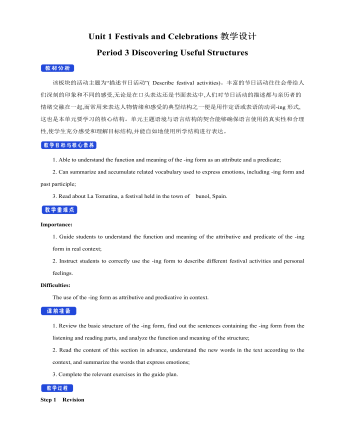
新人教版高中英语必修3Unit 1 Festivals and Celebrations教学设计二
- 页数:4页
- |大小:91.39KB
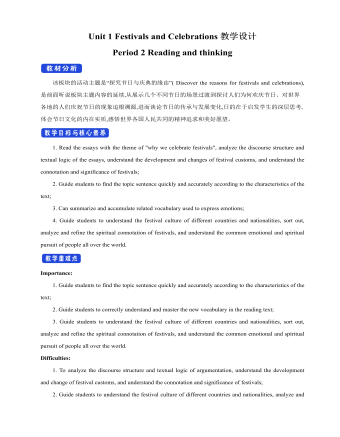
新人教版高中英语必修3Unit 1 Festivals and Celebrations教学设计三
- 页数:7页
- |大小:251.30KB
热门课件教案
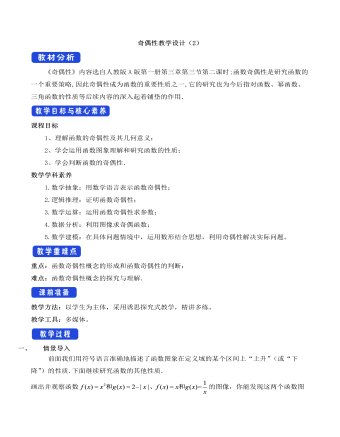
人教A版高中数学必修一奇偶性教学设计(2)
- 页数:7页
- |大小:179.77KB
- 课件教案
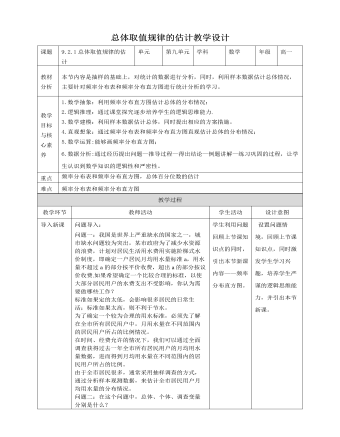
人教A版高中数学必修二总体取值规律的估计教学设计
- 页数:12页
- |大小:821.00KB
- 课件教案

双曲线的简单几何性质(2)教学设计人教A版高中数学选择性必修第一册
- 页数:8页
- |大小:483.10KB
- 课件教案

人教A版高中数学必修一诱导公式教学设计(1)
- 页数:9页
- |大小:180.22KB
- 课件教案
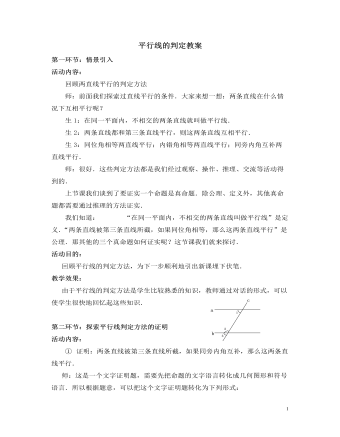
北师大初中数学八年级上册平行线的判定2教案
- 页数:5页
- |大小:1M
- 课件教案
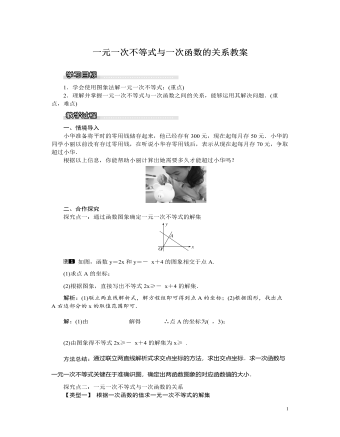
北师大初中八年级数学下册一元一次不等式与一次函数的关系教案
- 页数:2页
- |大小:1M
- 课件教案
今日更新
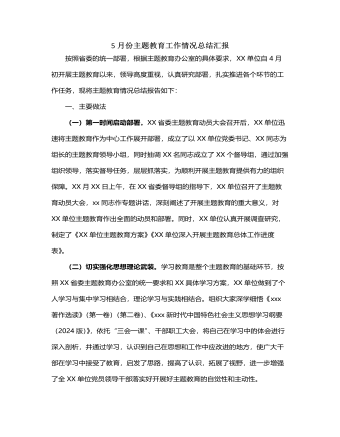
5月份主题教育工作情况总结汇报
- 页数:3页
- |大小:136.87KB

××县招商局2024年上半年工作总结
- 页数:12页
- |大小:142.54KB
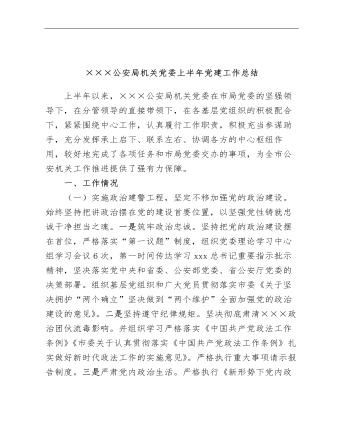
×××公安局机关党委上半年党建工作总结
- 页数:7页
- |大小:186.25KB

《2019—2024年全国党政领导班子建设规划纲要》实施情况的工作总结3800字
- 页数:6页
- |大小:29.16KB
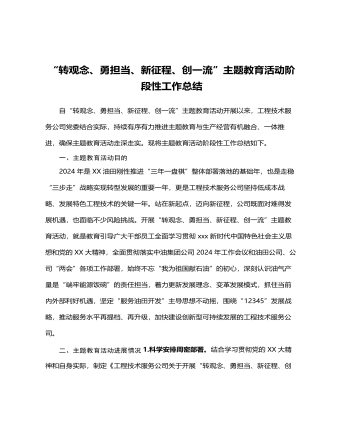
“转观念、勇担当、新征程、创一流”主题教育活动阶段性工作总结
- 页数:3页
- |大小:22.76KB

“四零”承诺服务创建工作总结
- 页数:5页
- |大小:39.83KB










